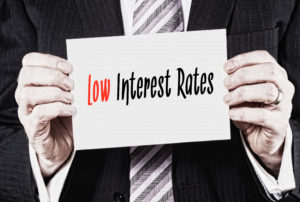MoneySense.ca has just published two online articles on investing in Bitcoin and other cryptocurrencies. One is by me. Click on highlighted headline for full column: How to invest in Cryptocurrency (without losing your shirt.)
The other is from regular Hub contributor Dale Roberts of Cutthecrapinvesting. His MoneySense piece can be found here: Should you invest in Cryptocurrency?
My piece is the first time I’ve publicly written about crypto, although the Hub has long covered it, both positively and not so positively. Try, for example, this primer published here way back in July 2017.
The MoneySense piece recaps my personal experiments with Bitcoin and Bitcoin funds, as well as Ethereum and Ethereum Funds, going back to the fall of 2020. I sat out the original 2017 boom.
It seems to me that investors should regard this as a new asset class that should probably not exceed a few per cent of a diversified portfolio. Certainly, institutional acceptance of crypto and attention from hedge fund billionaires like Paul Tudor Jones seems to have ignited the new euphoria, buoyed in part over the frustration of minuscule interest rates and inflationary forces unleashed by endless money printing by central banks in the US and the rest of the world.
Based on the recommendation of Profit Unlimited’s Paul Mampilly, my first try was to put several thousand dollars into each of the Grayscale Bitcoin Trust [GBTC/OTC] and Grayscale Ethereum Trust [ETHE/OTC], which I currently hold in a non-registered account.
I soon realized I wanted to hold these experimental positions in registered portfolios (RRSPs and TFSAs) so that the next time I got a double or triple — if indeed they materialized rather than comparable losses — I could book the gains with no immediate tax consequences. I soon discovered the closed-end funds of Toronto-based 3iQ Digital Asset Management: first I tried The Bitcoin Fund [QBTC/TSX] andThe Ether Fund [QETH.U/TSX], can be held in registered accounts like RRSPs and TFSAs.
My third experiment was when Mampilly started to recommend his readers move from the Ethereum tracking ETHE to actual native ethereal or ETH (which some call Shitcoin, or poor man’s Bitcoin). He suggested buying actual “native” crypto from places like Coinbase and RobinHood, convenient for his mostly American subscribers but less so for Canadians. Continue Reading…







